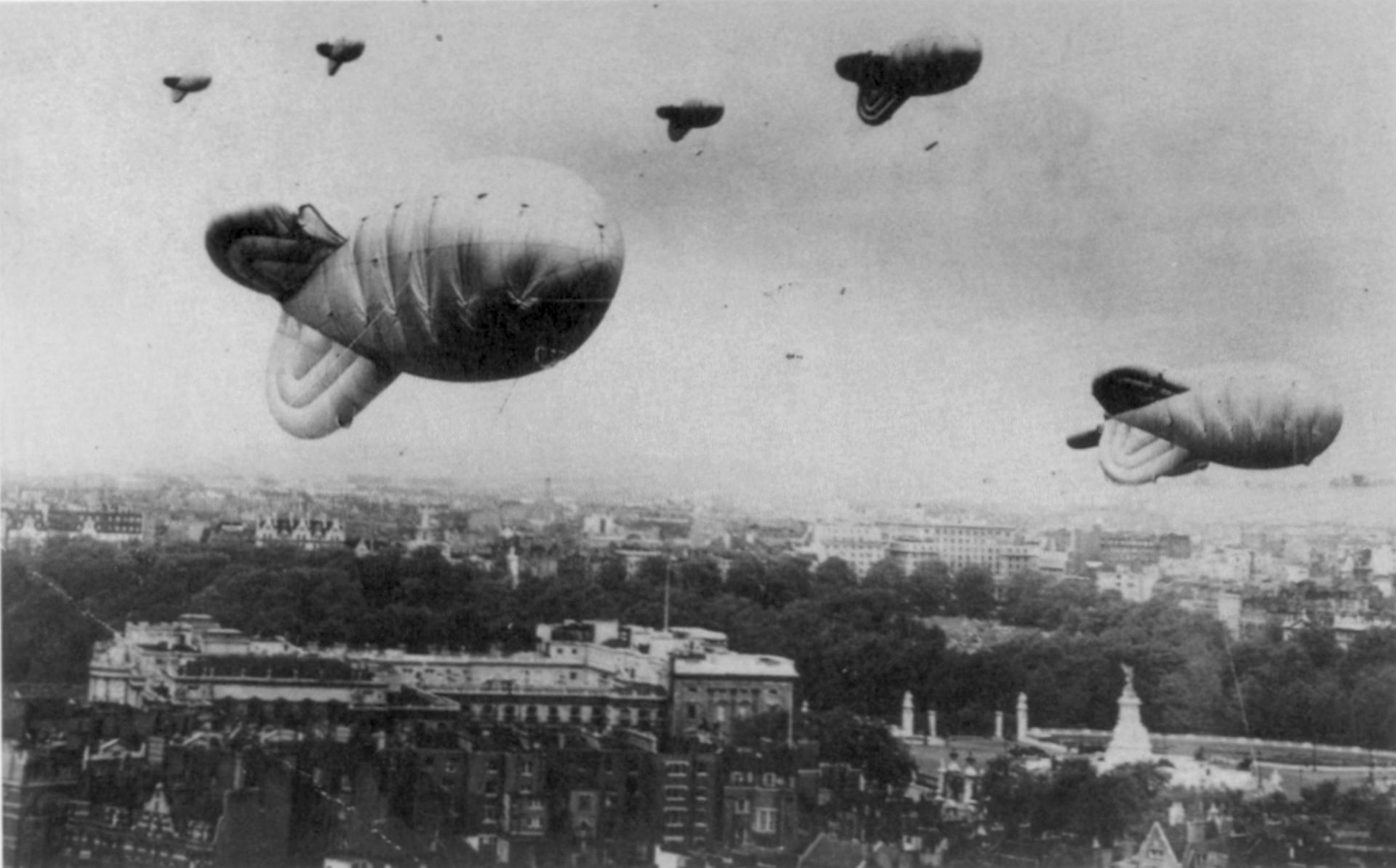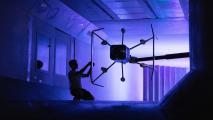One of the more surreal sights of the recent Afghan war was tethered balloons (also known as “aerostats”) looming over the bases of international forces. These “persistent threat detection systems” carried a suite of 360-degree cameras providing a constant view – out to 100 miles – of surrounding areas to the US “force-protection” teams within the heavily guarded installations.
The recent four-day saga of a Chinese spy balloon prying into US nuclear secrets serves as a reminder that the oldest technologies are still being developed to achieve military effects today. Balloons have been in use for military service longer than air forces have existed.
It was the brilliant French engineer Jean-Marie-Joseph Coutell (founder of the French Aerostatic Corps) who first demonstrated the potential of using a balloon to observe an enemy’s positions.
In June 1794, he ascended above the battle of Fleurus and reported on Austrian positions, dropping messages describing their movements and positions from his tethered balloon, while being unsuccessfully shot at by somewhat surprised artillerymen.
But despite this success, the corps was disbanded in 1799 – after deployment to Egypt with Napoleon, who failed to see the potential of this new weapon.
There was limited use in the American Civil War and the Franco-Prussian war. But in the first world war, aerostats came into their own. Dirigibles, the famous Zeppelin airships – which by definition were powered and steerable – had a short-lived role as bombers.
However, the role of balloons on the battlefield was of far more immediate consequence. They offered relatively stable platforms high above the battlefield from which to observe enemy positions and direct artillery fire on to them. The downside, of course, was that they were easily visible from those same enemy positions. Every effort was made to shoot them down, making membership of balloon crews a notably dangerous endeavour.
The size and unwieldiness of balloons compared with powered aircraft – as well as the increased accuracy of anti-aircraft guns – made them an impractical proposition as artillery observation platforms in the second world war. But they did vital if unglamorous service in an air defence role, forming unmanned “barrages” – especially in Britain, where they were deployed in cities and around vital targets.
The cables tethering them to the ground were lethal for low-flying aircraft, which had to fly above and around them. Barrage balloons became an iconic feature of the Blitz.

Somewhat less effective was the attempt by Japan to terrorise the US population by sending thousands of bombs carried by balloons (known in Japanese as “Fu-Go”) over the US mainland. Six people were killed in Oregon – the only casualties to enemy action in the continental US during that conflict.
The next major military use of balloons came during the Cold War, when the US project “Moby Dick” led to hundreds of balloons being sent to spy over the Soviet Union.
Simple but effective
Balloons may seem unlikely candidates for long-range reconnaissance such as that attempted by China recently. They are steerable only by altering altitude, using varying air currents to change direction.
Last week, a skilfully planned use of airstreams and currentsdirected a surveillance balloon over the single most sensitive element of the US military – the intercontinental ballistic missile silo bases in Montana. The US Department of Defense said that: “Instances of this kind of balloon activity have been observed previously over the past several years.”
China is reportedly denying the balloon was engaged in surveillance activities, maintaining it was a “civilian airship” that was collecting weather data and had been blown off course.
Despite their size and vulnerability, aerostats like this offer advantages over satellites and manned aircraft. They are slow and can persist over a target for far longer than a satellite that passes over at orbital speed. Flying at just 60,000 feet (12 miles or 20km), their cameras can achieve higher resolution than those based in orbit at 100 miles (160km).
They are also cheaper than satellites, drones or manned aircraft, can deploy large payloads, and present a less overtly aggressive face. Indeed, they offer the possibility of a degree of plausible deniability – who would be threatened by a mere hot air weather balloon?.
All that said, it is unlikely that this mission achieved very muchfrom an intelligence perspective At the very least, the US took suitable precautions to jam the balloon’s communications systems and dazzle its cameras.
But it may well have been the medium itself that was the message. China is saying: “Here is this very public dilemma for you. What will we do next?”
The balloon was eventually shot down over the Atlantic ocean on February 4, pulled out of the sea off the coast of South Carolina and taken to the FBI lab at Quantico, Virginia to be scrutinised by military experts.
Ironically, it may well be that the US learns rather more than China did from this particular spying mission.
This article is republished from The Conversation under a Creative Commons license. Read the original article.






